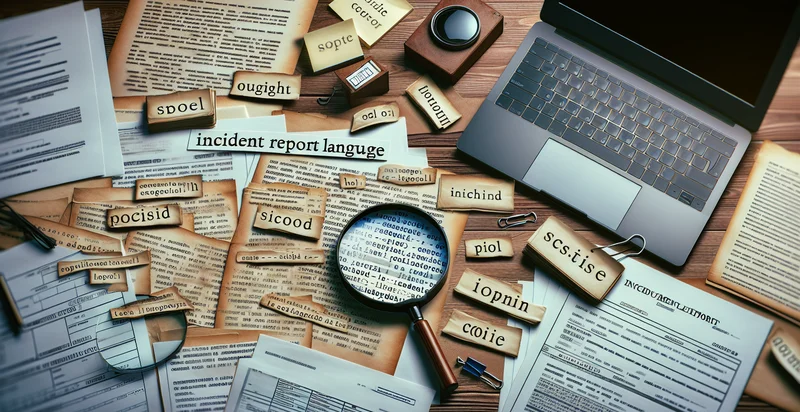Identify support issue language
using AI
Below is a free classifier to identify support issue language. Just input your text, and our AI will predict the language used in support issue tickets. - in just seconds.

Contact us for API access
Or, use Nyckel to build highly-accurate custom classifiers in just minutes. No PhD required.
Get started
import nyckel
credentials = nyckel.Credentials("YOUR_CLIENT_ID", "YOUR_CLIENT_SECRET")
nyckel.invoke("support-issue-language", "your_text_here", credentials)
fetch('https://www.nyckel.com/v1/functions/support-issue-language/invoke', {
method: 'POST',
headers: {
'Authorization': 'Bearer ' + 'YOUR_BEARER_TOKEN',
'Content-Type': 'application/json',
},
body: JSON.stringify(
{"data": "your_text_here"}
)
})
.then(response => response.json())
.then(data => console.log(data));
curl -X POST \
-H "Content-Type: application/json" \
-H "Authorization: Bearer YOUR_BEARER_TOKEN" \
-d '{"data": "your_text_here"}' \
https://www.nyckel.com/v1/functions/support-issue-language/invoke
How this classifier works
To start, input the text that you'd like analyzed. Our AI tool will then predict the language used in support issue tickets..
This pretrained text model uses a Nyckel-created dataset and has 31 labels, including Arabic, Bulgarian, Chinese, Czech, Danish, Dutch, English, Filipino, Finnish and French.
We'll also show a confidence score (the higher the number, the more confident the AI model is around the language used in support issue tickets.).
Whether you're just curious or building support issue language detection into your application, we hope our classifier proves helpful.
Related Classifiers
Need to identify support issue language at scale?
Get API or Zapier access to this classifier for free. It's perfect for:
- Customer Support Channel Optimization: By identifying the language in support issues, businesses can route inquiries to the appropriate language-speaking agent, enhancing the efficiency of the support team and improving customer satisfaction. This ensures that non-English speaking customers receive assistance in their preferred language, reducing miscommunications.
- Multilingual FAQ Development: Organizations can analyze support ticket language patterns to create multilingual FAQ sections tailored to common issues raised by speakers of various languages. This proactive approach not only improves self-service options for customers but also potentially reduces the volume of incoming support requests.
- Targeted Marketing Campaigns: Understanding the language of support issues can help businesses segment their customer base more effectively, allowing for targeted marketing campaigns that consider language preferences. Tailored communications can lead to higher engagement rates, as customers receive messages in their native language.
- Enhanced Customer Experience Analytics: By classifying support issues based on language, companies can gain insights into customer sentiment across different demographics. This data can be used to inform product development and service enhancements, ultimately leading to a more tailored customer experience.
- Training and Development for Support Staff: Identifying the languages of incoming support issues allows organizations to assess the language skills of their support staff. This insight can inform training programs, ensuring staff are equipped to handle issues in the predominant languages of their customer base.
- Compliance and Reporting: Businesses operating in multilingual environments can use language classification to ensure compliance with language regulations that may apply in different regions. Accurate reporting based on language trends can also assist in audits and provide insights into compliance with local customer service laws.
- Crisis Management Communication: In times of crisis, understanding the language of support inquiries can help businesses communicate crucial information more effectively. By providing timely and accurate updates in multiple languages, organizations can reassure customers and mitigate anxiety, fostering trust and loyalty.


